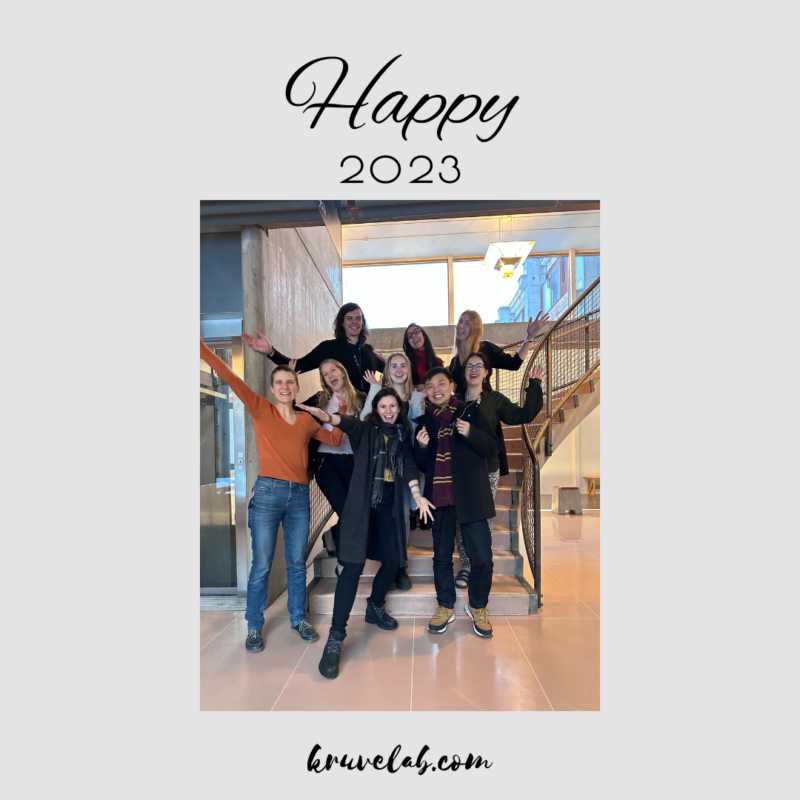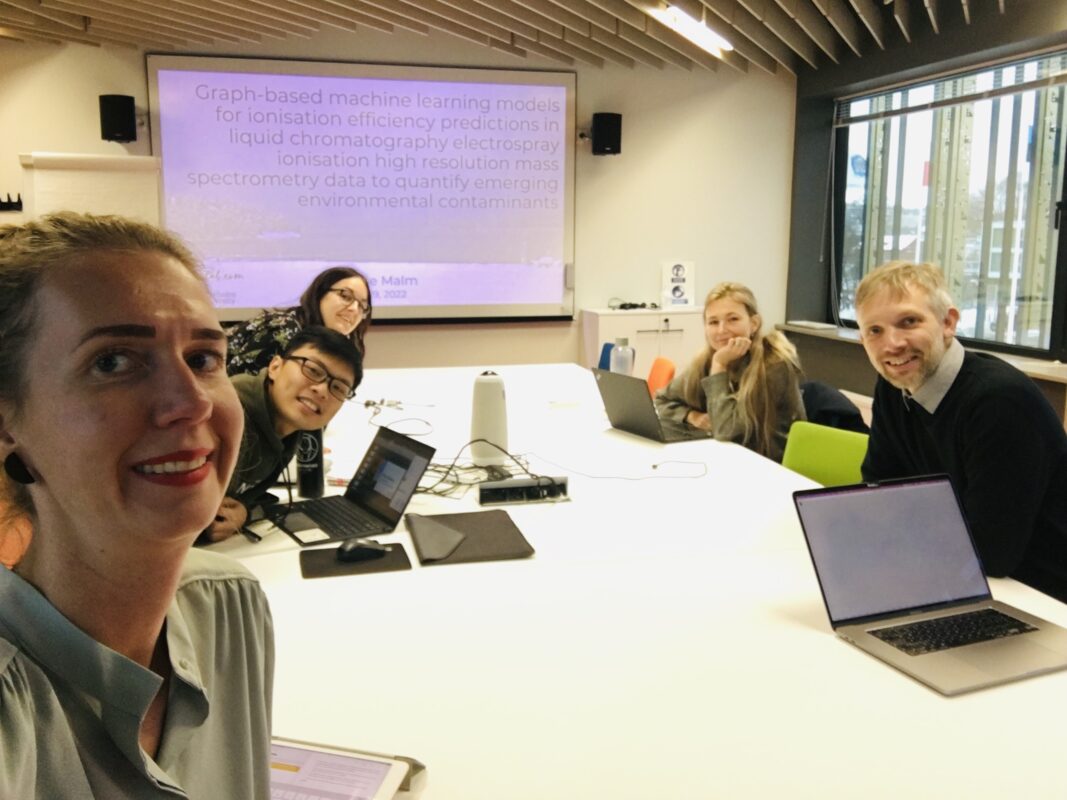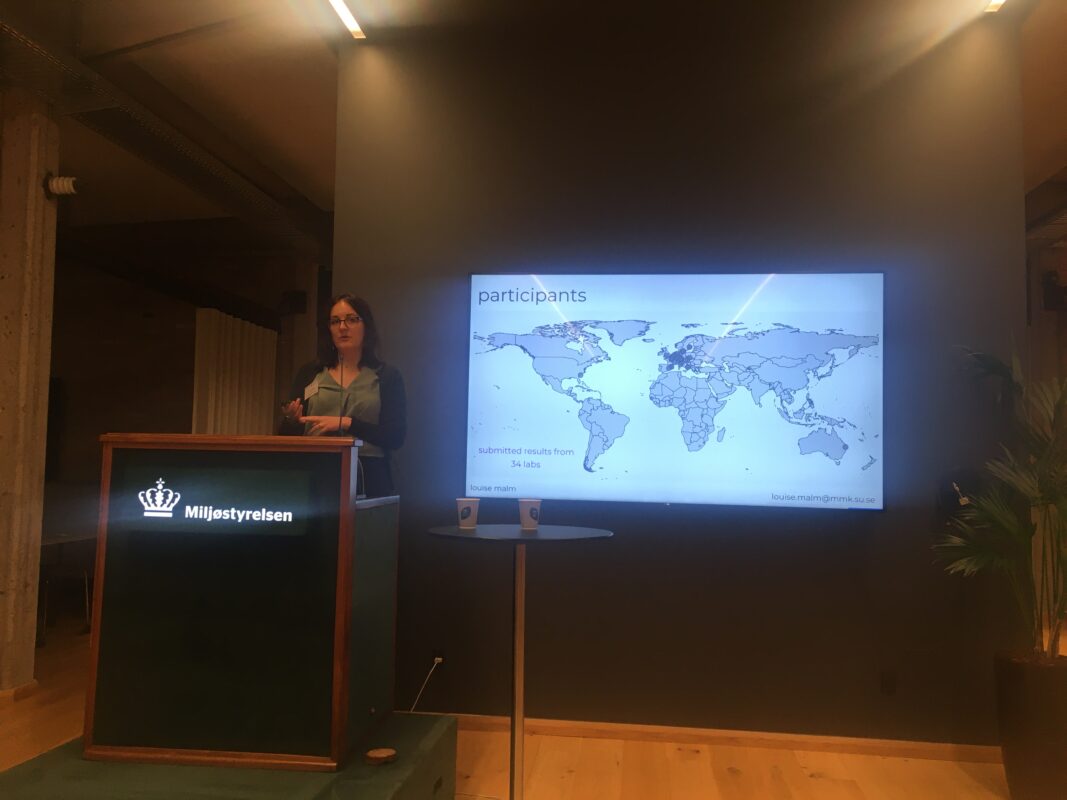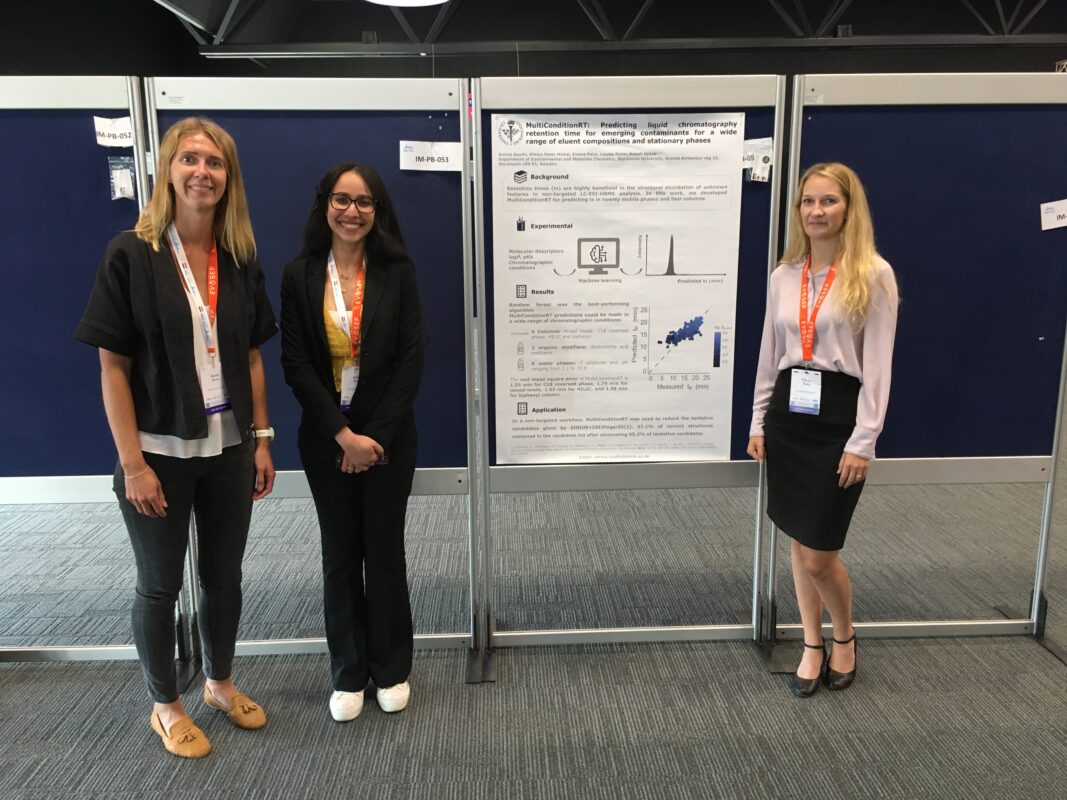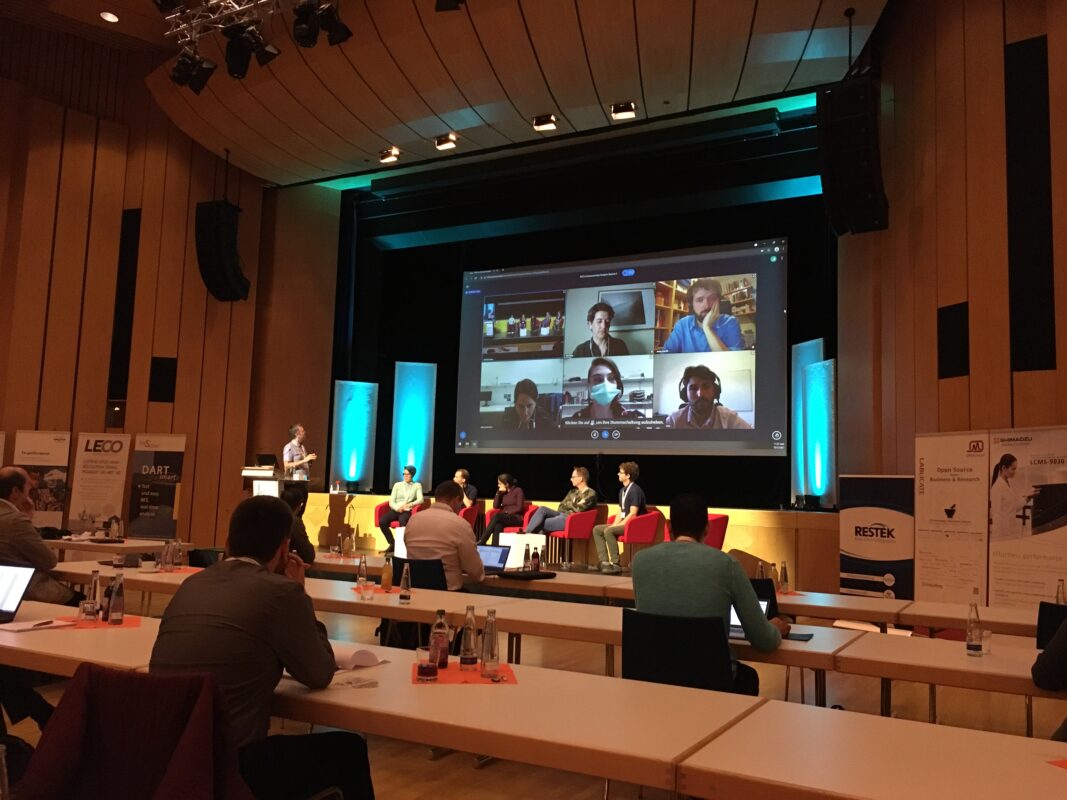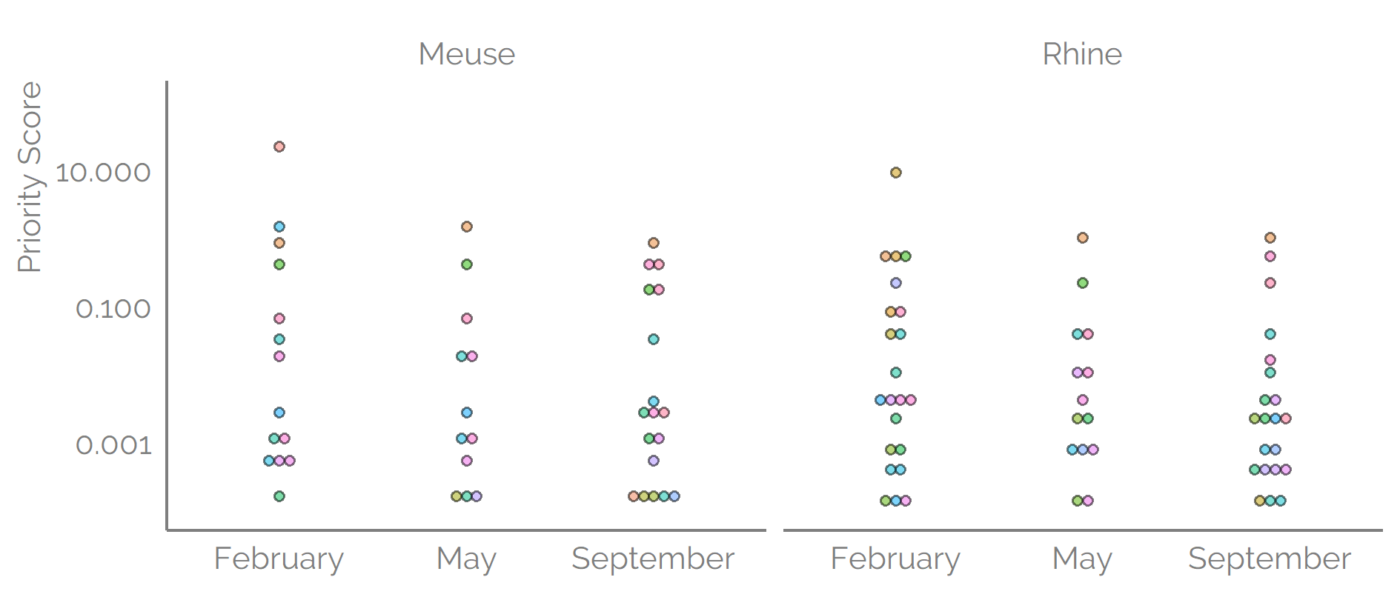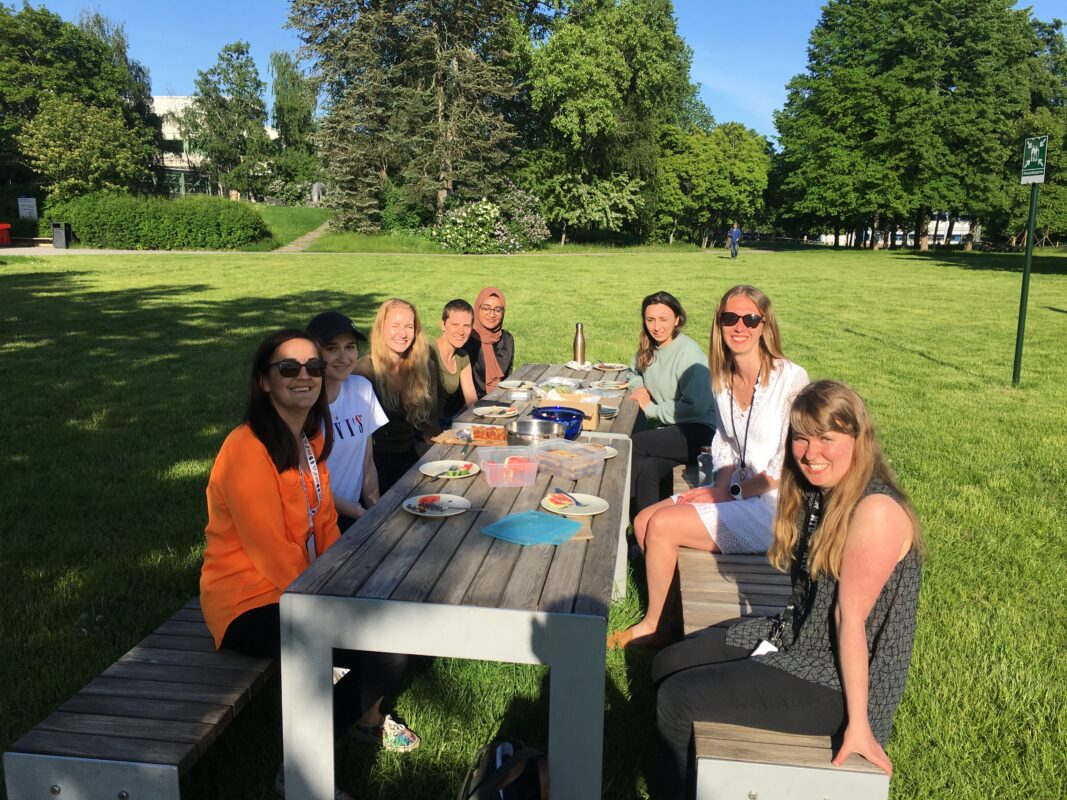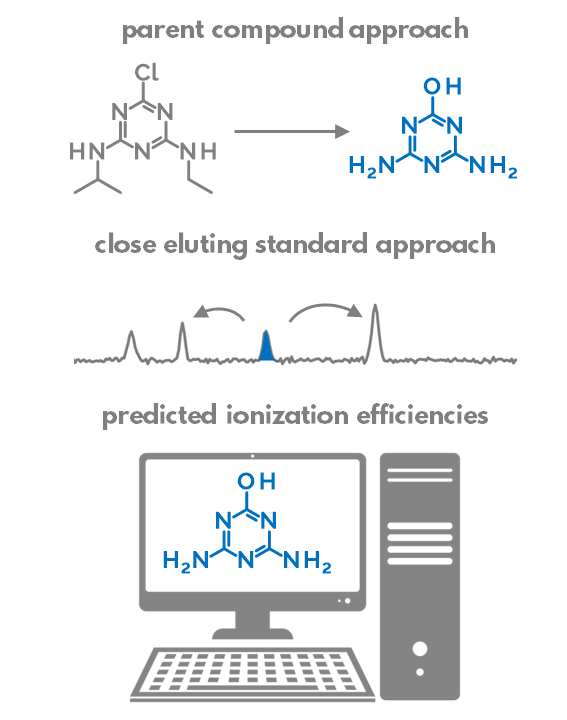As I am writing this, 2022 is approaching its last hours, and it is high time for a throwback to the year, my friends, and a bit of peaking into the upcoming 2023. 2022 was a very fruitful year for Kruvelab. Since I moved to Stockholm University in mid-2019 I have been building – with […]
Author Archives: Anneli Kruve
In January a collaborative project on improving machine learning prediction accuracy for quantification in non-target screening started between our group and the group of Meelis Kull at the Institute of Computer Science at the University of Tartu kicked off. In the summertime, two PhD students, Louise Malm and Wei Chieh (Harry) Wang joined the project. […]
Last week of November I and Louise participated in a two-day NTS workshop on analytical techniques and implementation followed by a two-day NORMAN network‘s annual meeting in Odense, Denmark. NORMAN interlaboratory comparison of semi-quantification methods We presented the quantification strategies for the LC/HRMS nontarget screening together with a first glance at the results from the […]
Last Tuesday Jon Sobus from EPA presented some of the findings from a recent paper Uncertainty estimation strategies for quantitative non-targeted analysis, where we were also happy to collaborate, on the BP4NTA online meeting. People from BP4NTA meetings have been reaching out with questions on ionization efficiency-based quantification. Some of these are often asked of us and I decided […]
Last week Amina, Pilleriin, and I participated in the International Mass Spectrometry conference 2022 in Maastricht, The Netherlands. With more than 1300 participants IMSC was the first big mass spec conference in Europe after covid and a special feeling of enthusiasm was in the air. We kicked off on Monday morning with a session on […]
Non-target analysis with LC/ESI/HRMS is increasingly used to detect thousands of chemicals in environmental samples. However, most of these chemicals are never confidently identified nor quantified. This in turn means that they are ignored in risk assessments. In our recent paper, we address this issue by modeling the response factor for chemicals without the need […]
After almost two years of zoom-only meetings, it was my great pleasure to last week get back to meeting fellow scientists in person at Intentional Conference on Non-Targeted Screening, Erding, Germany. The meeting was held in parallel in-person and online. The conference ran over four days with talks covering computational mass spectrometry, instrumental techniques for […]
How do you know which of the compounds detected in suspect or non-targeted screening is most likely to cause an adverse effect? Which is most toxic? Which is present in the highest concentration? Which is having a concentration close to a toxic endpoint? This is exactly what we are answering in our latest research in […]
The last two weeks have been going under the title “thesis-thesis-thesis” in our group. This spring one BSc student and two MSc students from our group have defended their thesis: Sara Khabazbashi, Helen Sepman, and Thomas Ledbetter. Both Sara and Thomas have dug into the analytical standard free quantification for pollutants. Sara specifically focussed on metabolites of […]
Non-targeted screening with liquid chromatography-electrospray high-resolution mass spectrometry (LC/ESI/HRMS) is revealing hundred to thousands of contaminants in the water. We have recently proposed a way to quantify these contaminants based on the estimated LC/ESI/HRMS ionization efficiencies. But how to know how well such tools are performing? Well, we need to compare with classical methods that are […]


